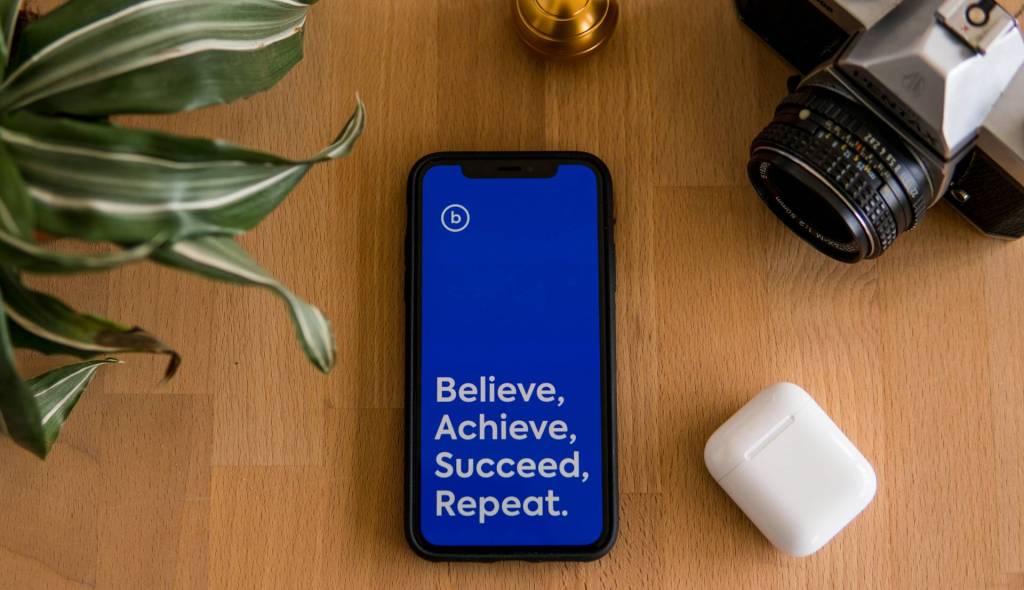The biggest complaint organizational leaders and managers have regarding workplace meetings is that attendees do not participate verbally and sit in silence even after asked for feedback or input.
This would be accepted by the meeting’s leader if the meeting wasn’t followed by individuals commenting between each other, or complaining directly to the meeting’s leader privately afterward.
In a previous article here I provided strategies to set up meetings in advance to be more effective (Workplace Meetings: Hate ‘Em, But Can’t Live Without ‘Em”). Those strategies will help bring the horses to the trough, more prepared to participate, but it won’t make them drink (participate).
Getting people to participate by sharing their ideas, their concerns, their feedback both good and bad, takes a more systematic approach.
The meeting’s purpose (there were eight different meeting types outlined in the previous article) will determine what can be done during the meeting to facilitate quality discussion.
My best strategy includes asking meeting attendees a specific provocative question to consider.
Most meeting leaders then stand in silence, waiting for individuals to speak up in front of their superiors, peers and subordinates, feeling the grade school stress of volunteering an answer or fearing being called upon.
Instead, meeting leaders should become meeting facilitators by putting attendees in pairs or groups of three to discuss the provocative question. Give the groups a few minutes to discuss the question and develop opinions, answers, and/or lists of options to share with the group.
Doing so will allow every attendee to participate in a comfortable format, have their ideas considered while learning what others think.
From there, the meeting leader calls on each group to share one of their ideas and goes around until each group has shared at least one new idea. Then, a second round of ideas, one at a time from each group until ideas become redundant.
Depending on what additional input and feedback the meeting leader desires, other questions can be presented and facilitated in the same manner. This approach works every time.
With this approach, meeting attendees feel they’ve contributed and their voice has been heard, the meeting facilitator feels meeting attendees are participating and have ideas to share, and the energy of the meeting becomes significantly different from everyone’s previous experience with meetings.
Most importantly at a higher level and purpose, better ideas will be generated, people will feel like their voice is heard and it will build greater levels of buy-in and commitment.
With this type of approach meetings will be more effective, it will cut down on post meeting drama, and cause meeting invitees to be more positive about attending meetings.
Next week I’ll be speaking about the next meeting challenge to tackle, ensuring follow through on decisions and commitments.












